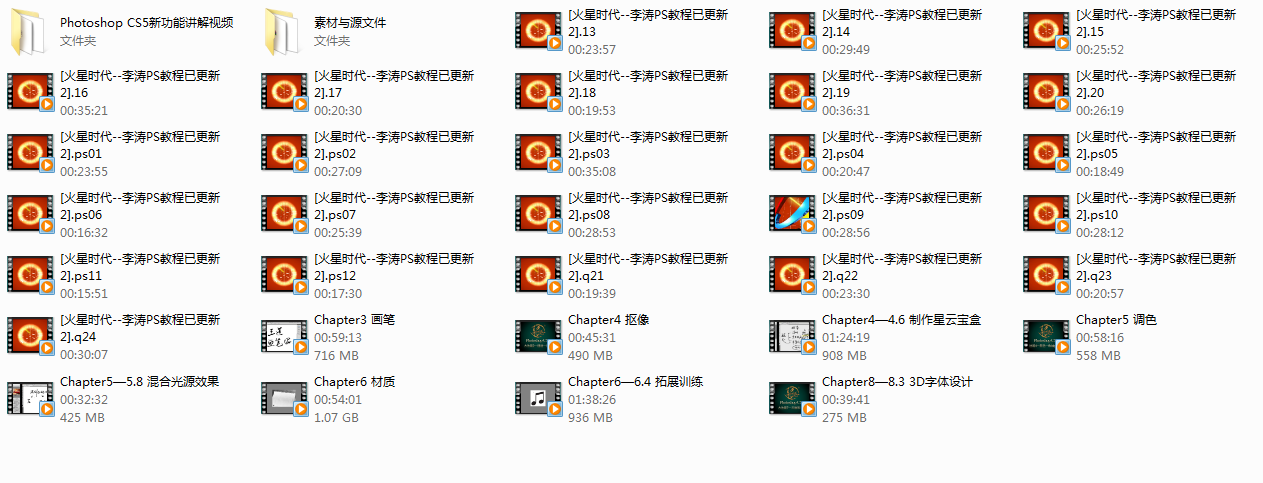
下载app免费领取会员


版权说明:本文来源BIM译站微信公众号,转载已取得授权
公众号名称:BIM译站
公众号账号:BIM2018130

译
文
2.5.1 作为BIM设计工具
下面,我们基于设计工具功能的重要程度粗略地阐述鉴别设计工具的功能。我们将参数化模型生成和编辑作为基本功能。我们假设模型定义和图纸生成是建筑建模系统目前主要的工具级的应用。就用户界面、自定义构件和复杂面建模来说,模型生成和编辑是多方面的。
用户界面:BIM设计工具相比于较早的CAD工具更加复杂也有更强的功能。有些BIM设计工具的用户界面有功能模块架构,因此相对来说更直观也更易于学习,而其它BIM设计工具更着重于软件的功能(这些功能并不总是能很好地整合到整个系统)。这里所考虑的准则包括:贯穿系统功能菜单的一致性遵从标准的惯例;能剔除对当前操作无意义的无关功能的菜单隐藏功能;不同类型功能额模块化组织和能提供实时提示的线上帮助以及操作跟输入的命令行说明。尽管用户界面看起来可能是个次要问题,但是差的用户界面会导致较长的学习时间、更多错误并且往往不能完全利用嵌置在应用程序中的功能。在一套综合工具中,用户界面问题在平台级别也很重要;我们在下一节中会探讨这些问题。
图纸生成:生成图纸和图纸集并经过多次模型更新和软件版本发布后维护图纸有多容易?这类评估应包括模型图纸变更导致的影响的快速可视化展示以及强大的相关性,以便模型变更能直接传递到图纸,反之亦然,也包括高效的模板生成功能以便图纸类型尽可能多地执行自动化格式。第2.3.3节(回复B37查看)有这方面更加全面的解读。
易于开展自定义参数化构件:这是一个复杂的功能,可从以下三个层次进行定义:
(1)用于定义参数化构件的草图工具之存在性和易用性;确定系统约束或规则组的范围(总体约束规则组应包括距离、包括正交的角度、交接面和交接线的剪切规则,“如果-那么”条件语句以及一般代数公式)。
(2)将新的自定义参数对象连接到现有参数类或族中的能力,以便能将现有构件类的行为和类别用于新的自定义构件中去。
(3)支持全局参数化构件管控的能力,用3D轴网或其它控制参数(根据设计需要,用于管理构件放置、尺寸和面属性)。第2.2.1节(回复B28查看)对这类问题有进一步阐释。
复杂曲面建模:支持基于二次曲面、样条曲线和不规则B-样条曲线创建和编辑对于当前有或未来计划做这类项目的公司来说很重要。这是BIM工具中基本的几何图形建模能力;之后不会将这些功能加进来。
其它工具级功能:除了基本功能,其它支持型工具功能包括碰撞检测、提量、问题追踪以及产品跟施工规范的合并。这些都是适用于不同应用和工作流的功能,在第五、六、七章中对这些功能做了详细解读。我们同样考虑了网站上大型用户社区所提供的支持。
原
文
2.5.1 As a BIM Design Tool
Below, we describe the discriminating design tool capabilities in rough-rank based on our sense of their level of importance. We take parametric model generation and editing as fundamental. We assume that model definition and drawing production are the current primary tool-level uses for building mod- eling systems. Model generation and editing is considered multifaceted, in terms of user interface, custom objects, and complex surface modeling.
User Interface: BIM design tools are quite complex and have much greater functionality than earlier CAD tools. Some BIM design tools have a relatively intuitive and easy-to-learn user interface, with a modular structure to their functionality, while others place more emphasis on functionality that is not always well-integrated into the overall system. Criteria to be considered here include: consistency of menus across the system’s functionalities following standard conventions; menu-hiding that eliminates irrelevant actions not meaningful to the current context of activities; modular organization of dif- ferent kinds of functionality and online help providing real-time prompts and command-line explanation of operations and inputs. While user interface issues may seem minor, a poor user interface results in longer learning times, more errors, and often not taking full advantage of the functionality built into the application. User interface issues across a set of integrated tools are also important at the platform level; we review those issues in the next p.
Drawing Generation: How easy is it to generate drawings and drawing sets and to maintain them through multiple updates and releases? Assess- ment should include quick visualization of the effects of model changes on drawings, strong associations so that model changes propagate directly to drawings and vice versa, and effective template generation that allows drawing types to carry out as much automatic formatting as possible. A more thorough review of functionality is provided in Section 2.3.3.
Ease of Developing Custom Parametric Objects: This is a complex capa- bility which can be defined at three different levels:
(1) Existence and ease-of-use of a sketching tool for defining parametric objects; determining the extent of the system’s constraint or rule set (a general constraint rule set should include distance, angle including orthogonally, abutting faces and line tangency rules, “if-then” conditions and general algebraic functions)
(2) ability to interface a new custom parametric object into an existing parametric class or family, so that an existing object class’s behavior and classification can be applied to the new custom object.
(3) ability to support global parametric object control, using 3D grids or other control parameters that can be used to manage object place- ment, sizing, and surface properties, as required for the design. These issues are explained further in Section 2.2.1.
Complex Curved Surface Modeling: Support for creating and editing complex surface models based on quadrics, splines, and nonuniform B-splines is important for those firms that currently do this type of work or planning to in the future. These geometric modeling capabilities in a BIM tool are foundational; they cannot be added on later.
Other Tool-Level Capabilities: Support for tool capabilities beyond the basics include clash detection, quantity takeoffs, issue tracking, and incorporation of product and construction specifications. These are appropriate for different uses and workflows and are considered in more detail in Chapters 5, 6, and 7. We also consider the support provided by a large user community on the Web.
本文版权归腿腿教学网及原创作者所有,未经授权,谢绝转载。

上一篇:Grasshopper的界面介绍
推荐专题






















































